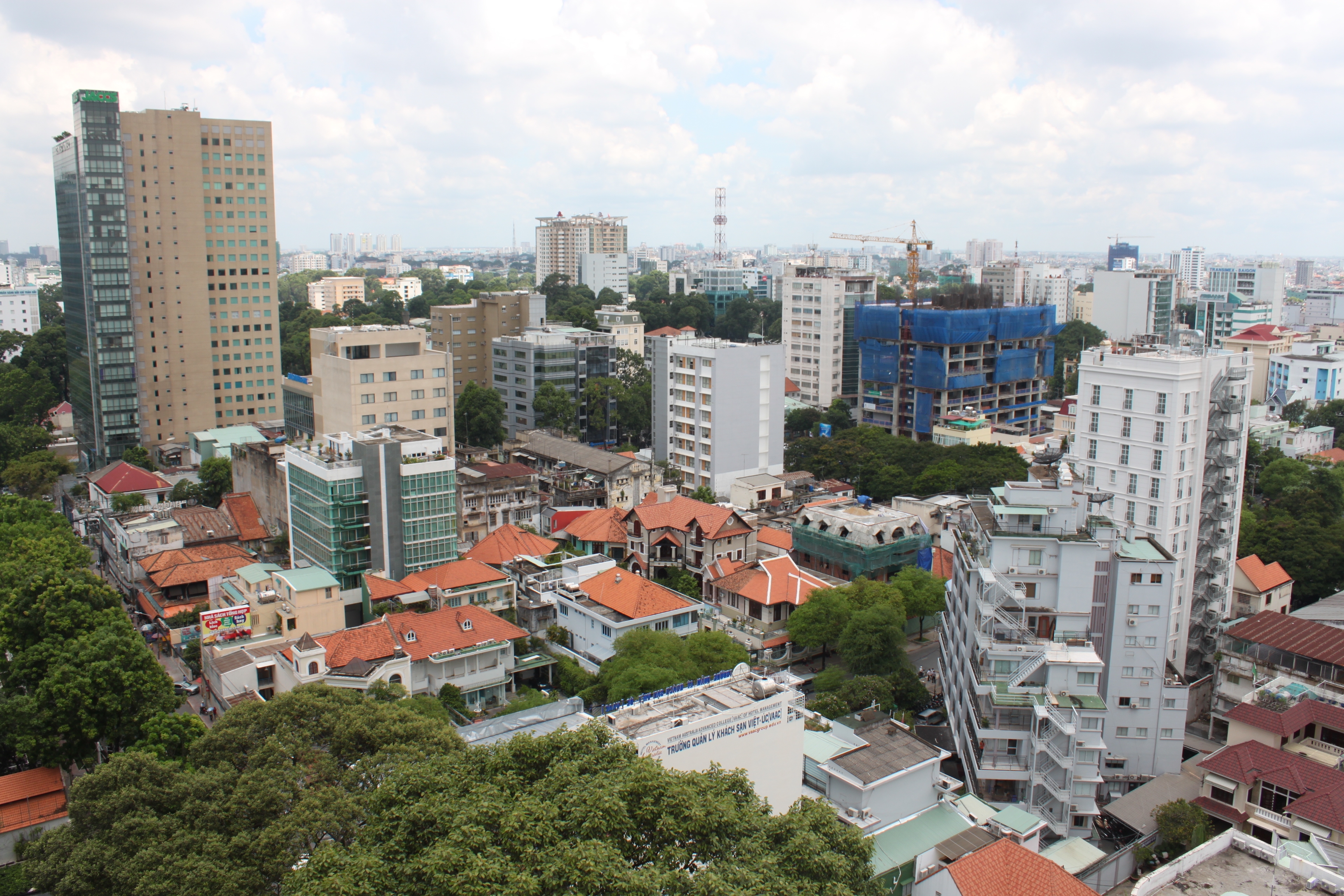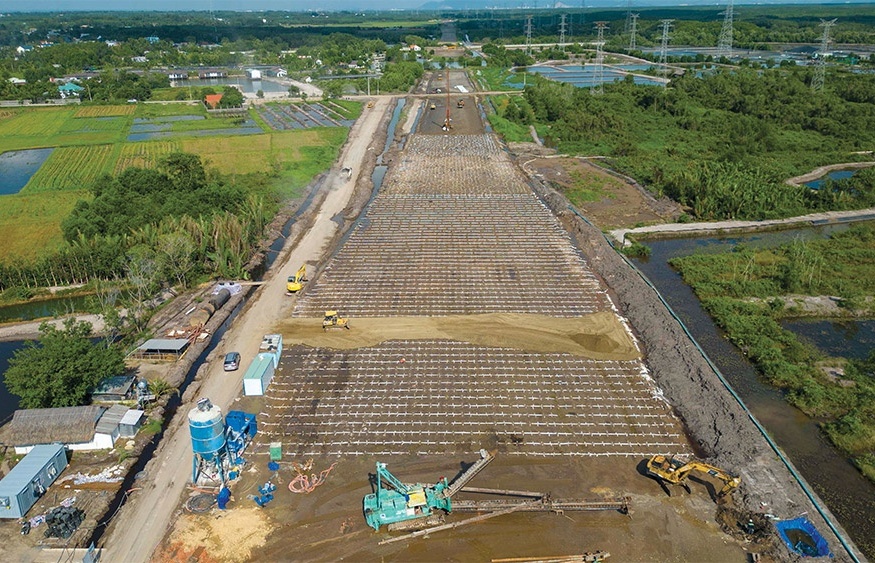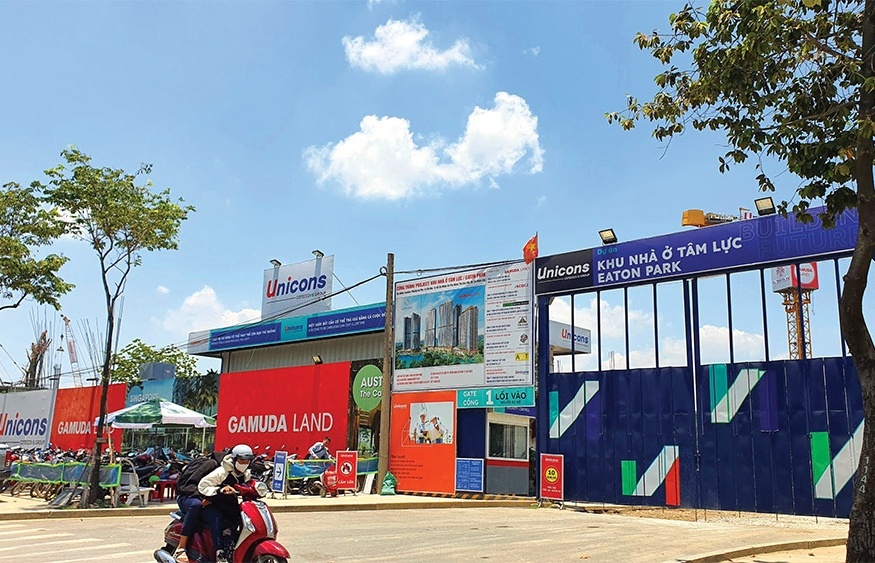Getting property back on track
 |
| illustration photo |
Diverse measures were unveiled to help tackle current property market impasse, including dividing apartments into smaller units. What is your assessment?
The government’s recent Resolution 02/NQ-CP stipulating measures to settle difficulties in production, business, support market and clear bad debts has outlined a wide range of measures for market support, including the property market.
I would like to confirm that dividing apartments into small units is just an unwilling solution. It is more important to direct projects initially contemplated as luxurious housing into social housing at more affordable costs serving the wide community.
Ministry of Construction (MoC) figures show that built-but-unsold apartments remain modest in number (about 26,444 apartments and 15,786 housing units across the country as shown in a MoC report sent to National Assembly’s Economic Committee on January 11, 2013). Meanwhile, a great many projects still sit on the drawing board which are in site clearance process or may have detailed planning or designs. The number of apartments and low-floor housings at these projects is much higher than those which were built and remained unsold.
For these sorts of projects, the general approach is to encourage changes to designs because construction has yet to kick-off to turn them into social housing projects.
For completed projects, dividing apartments into smaller units is not a welcome approach but it is an unwilling solution to help developers increase salability of their products when they have the demand and meet certain criteria.
How will the MoC support businesses and project developers to help them survive these difficult times?
Many procedures involve when a property project undergoes a change. If a project needs revision to its planning, depending on its scale investment project approval bodies decide on the change. In case they need to source MoC comments, they need to ensure progress targets to help firms in a timely manner.
The MoC has formulated diverse work groups to join efforts with localities pursuing the target of giving firms a helping hand. Efforts were made to assess actual demands for social housing of each locality and entire society, and from there present suitable remedies.
Social housing projects are still few in number currently, so they need a boost. But in the long run we would need to accurately evaluate actual demands of each locality to take out proper steps.
Many commercial housing projects became stuck when customers refused further capital contributions, banks deny lending and developers lack of money for implementation, leading to rising bad debts. How best to deal with these problems?
In fact, many projects, based in diverse localities, which have completed site clearance and basic infrastructure and have purchase or capital contribution contracts with customers could not get underway when customers refused further payment and banks turn their back on these projects.
It has proven difficult for the state to take back these projects due to problems involving compensation. The general approach is to shift these projects from building commercial housing into social housing.
What the stars mean:
★ Poor ★ ★ Promising ★★★ Good ★★★★ Very good ★★★★★ Exceptional
Related Contents
Latest News
More News
- Rising house prices putting buyers off (December 19, 2024 | 09:00)
- Merry Plaza Saigon Mia to open in late December (December 18, 2024 | 10:03)
- Eaton Park celebrates double triumph at Asia Property Awards 2024 (December 18, 2024 | 09:46)
- Multidimensional benefits created with KCN Vietnam (December 17, 2024 | 10:56)
- EQT completes acquisition of PropertyGuru (December 16, 2024 | 16:58)
- Indochina Kajima commences Parc Hanoi project (December 12, 2024 | 17:20)
- ‘Blockbuster’ Eaton Park sells out just one week after launch (December 12, 2024 | 08:00)
- Fresh hopes for real estate in 2025 (December 11, 2024 | 11:30)
- BCG Land and Keppel collaborate to elevate urban living (December 10, 2024 | 15:15)
- BW Industrial plans for IPO in Vietnam (December 09, 2024 | 19:14)



 Tag:
Tag:
















 Mobile Version
Mobile Version